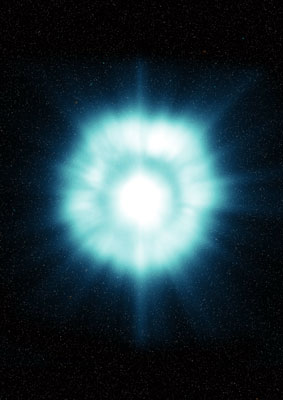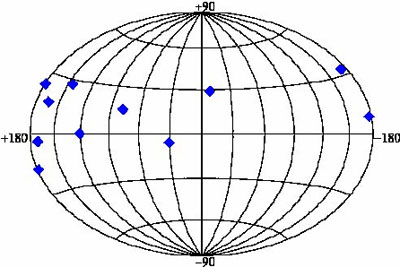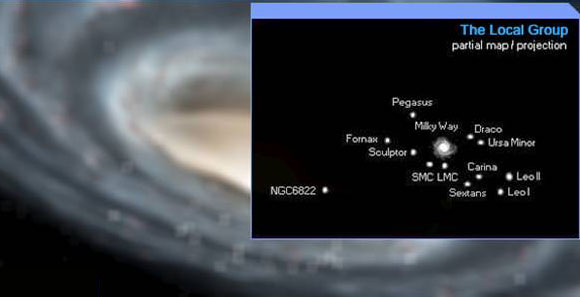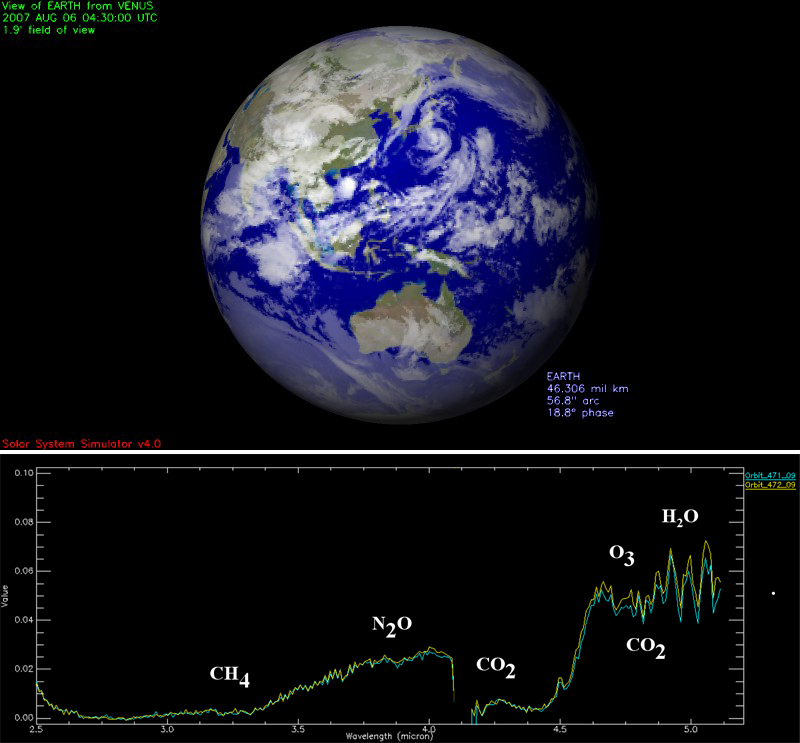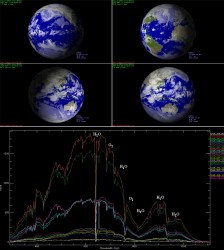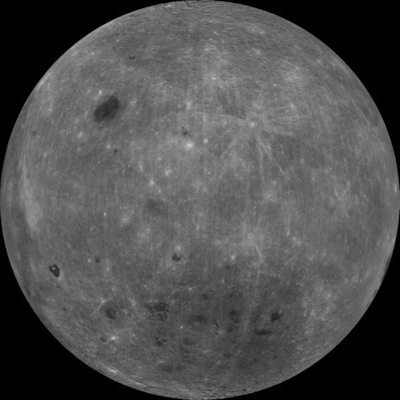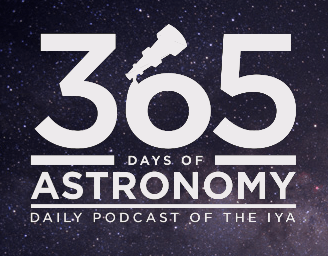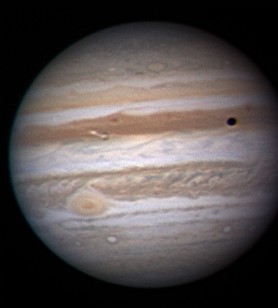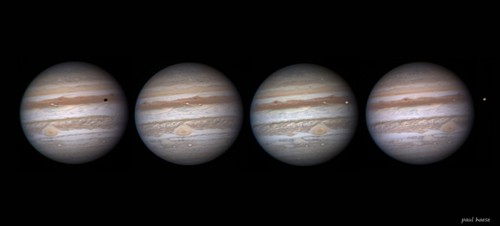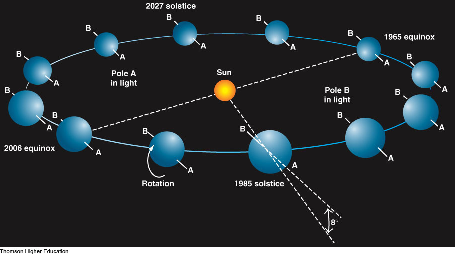[/caption]
How old is the Moon? Almost the entire Solar System formed 4.6 billion years ago, when the solar nebula collapsed. But astronomers think that the Moon formed later than that, when a Mars-sized protoplanet smashed into the Earth. The debris from the collision splashed into orbit around the Earth and then reformed into the Moon, which still orbits us today.
So when did this happen?
Astronomers think this collision happened about 4.53 billion years ago, about 30-50 million years after the rest of the Solar System formed. This was relatively soon after the formation of the Solar System, and well before the time when life formed on Earth. Our planet was probably still mostly a molten ball of rock, and the impact of the Moon did little to change that. This is the dominant theory of how the Moon formed, but there are others. It’s possible that the Moon was captured by the Earth’s gravity, or it just formed in place around the Earth after the formation of the Solar System.
Evidence for this collision was found by the astronauts of the Apollo Moon landing missions. They turned up lunar rocks that have oxygen isotope compositions which are nearly the same as the Earth. This means that portions of the Moon were once part of the Earth. Scientists announced their findings in 1969 in the journal Science, saying that the Moon was at least 4 billion years old.
More recent research measured tungsten content in rocks returned from the moon. Tungsten-182 is what you get when hafnium-182 decays. So the scientists measured the ratios of tungsten to hafnium to determine exactly when the moon formed. This is where the number 4.527 billion years (give or take 10 million years).
One problem with this technique is that it’s based on the relative age of meteorites used to determine how old the Solar System is. If that research is incorrect, these estimates for the age of the Moon might be incorrect too.
We have written many articles about the Moon for Universe Today. Here’s an article about the giant impactor theory, and here’s an article about how scientists link the formation of the Earth and the Moon.
Here’s an article that talks about how the age of the Moon was determined. And some history from Stony Book labs, the people who analyzed the first moon rocks.
You can listen to a very interesting podcast about the formation of the Moon from Astronomy Cast, Episode 17: Where Did the Moon Come From?
References:
http://www.armaghplanet.com/pdf/AstroTopics/Solar%20System/Deeptime.pdf
http://pubs.usgs.gov/gip/geotime/age.html


